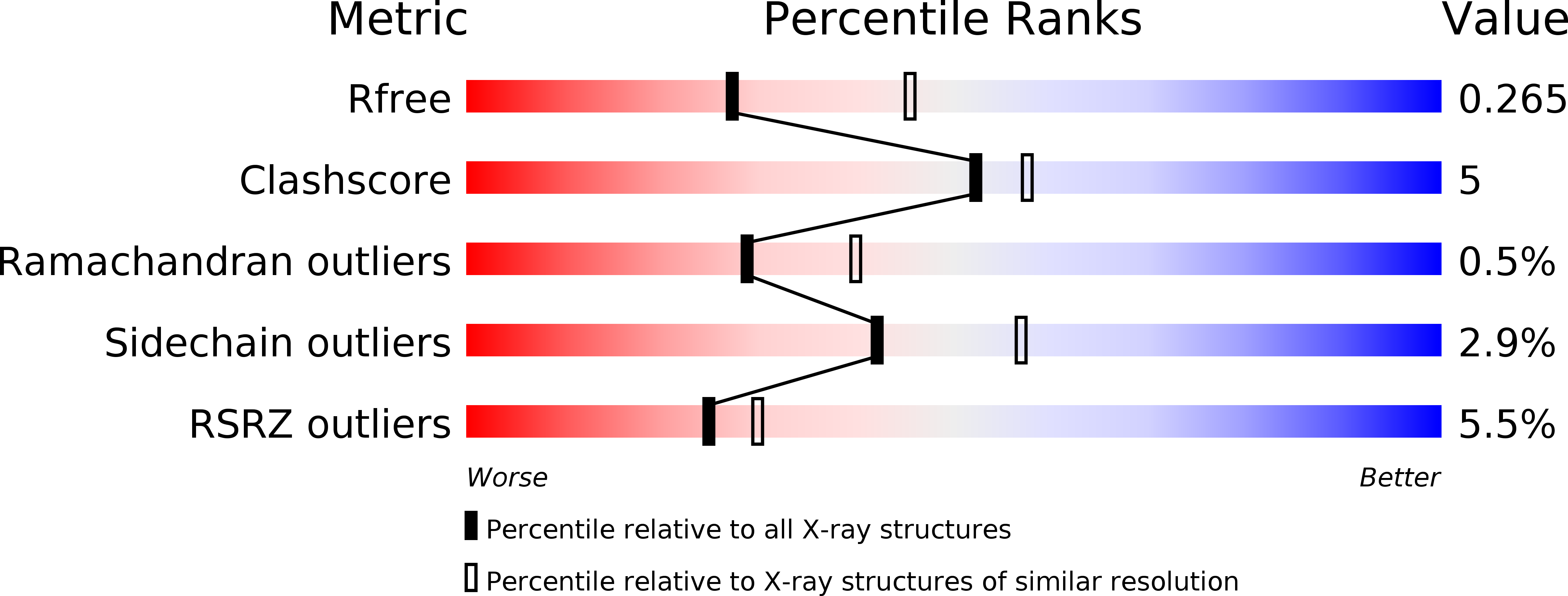
Deposition Date
2019-06-28
Release Date
2019-08-28
Last Version Date
2024-03-27
Entry Detail
PDB ID:
6KCF
Keywords:
Title:
Structure of Inosine 5'-monophosphate Dehydrogenase from Candidatus Liberibacter asiaticus str. psy62
Biological Source:
Source Organism:
Liberibacter asiaticus (strain psy62) (Taxon ID: 537021)
Host Organism:
Method Details:
Experimental Method:
Resolution:
2.55 Å
R-Value Free:
0.26
R-Value Work:
0.22
R-Value Observed:
0.22
Space Group:
C 1 2 1


